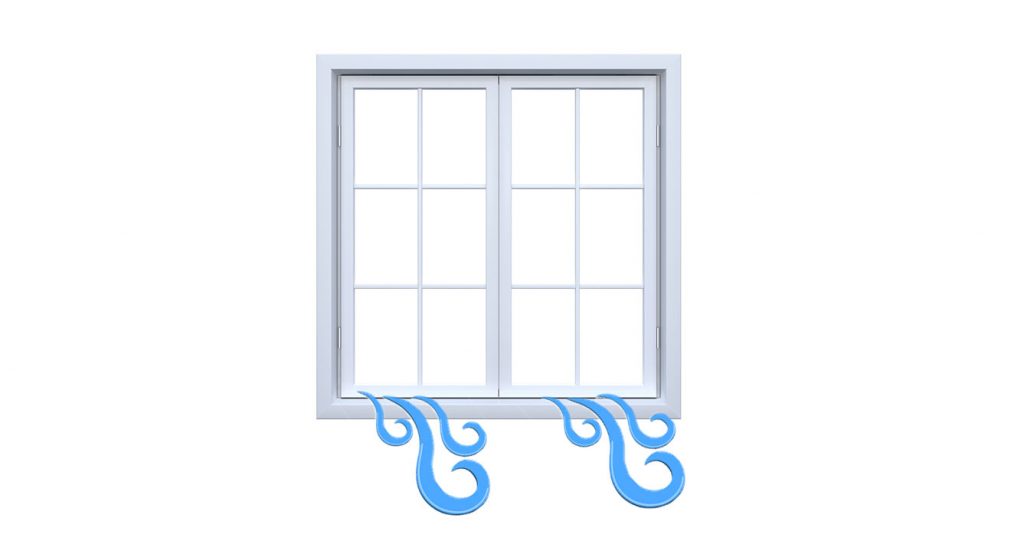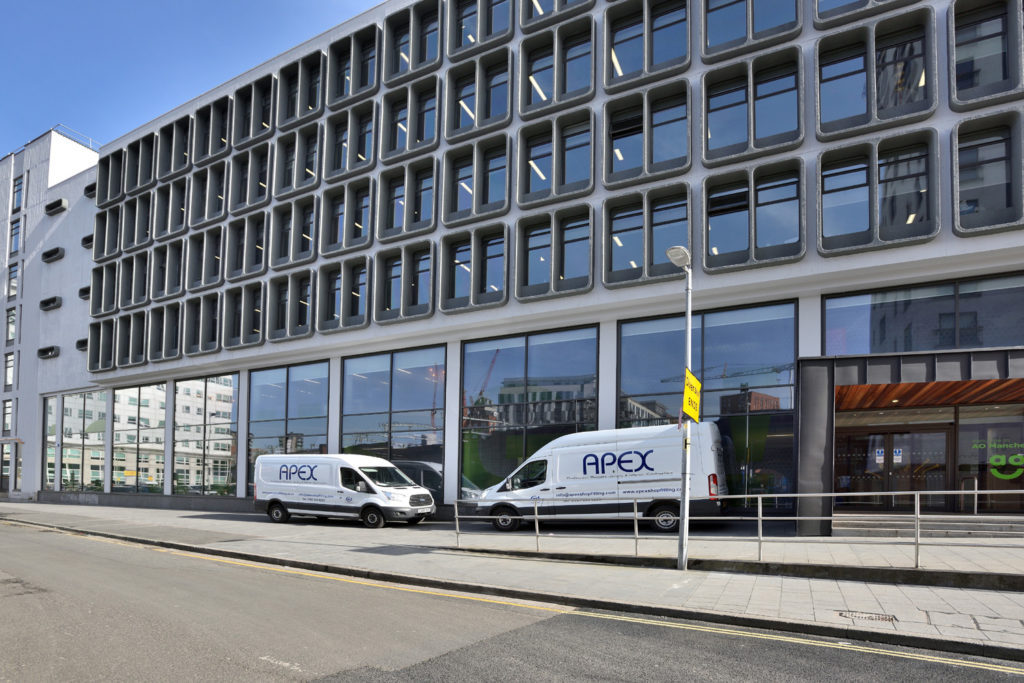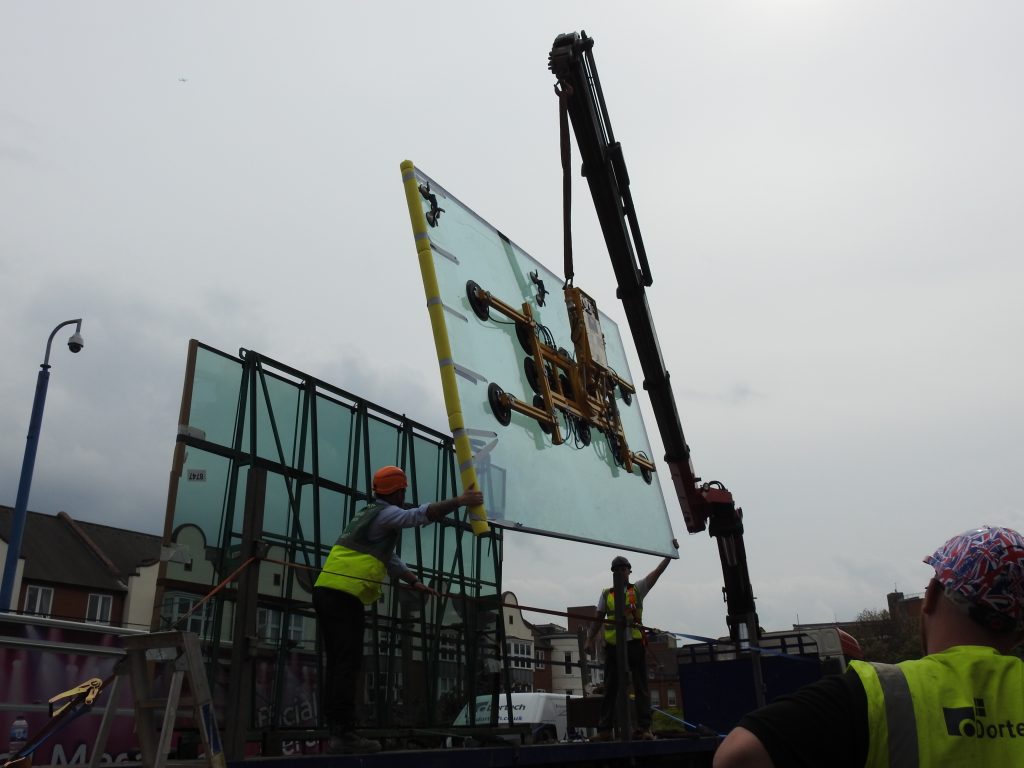How long should architectural glazing last?
Contrary to widespread belief, architectural glazing doesn’t just refer to windows – it encompasses a wide range of other installations such as entrance doors and storefronts, curtain walling and security glass.
However, regardless of the type of glazing your business has, how long should it last? Given that all corporate investments have to prove their ROI, this is a question our maintenance team get asked on a regular basis when visiting buildings across the country.
So, with this in mind, we thought we’d open a blog to help you determine whether you need to replace your current glazing fixtures – as well as how to spot some of the tell-tale signs that they may be coming towards the end of their shelf-life.
Determining factors
As a general rule, your glazing should last between 25-30 years. However, this greatly depends on a number of factors – including the quality of the materials, the temperatures they’re subjected to, installation and, of course, planned preventative maintenance (PPM).
In truth, because aluminium windows and doors are incredibly durable and weather-resistant, they’re a lot easier to preserve than traditional timber or uPVC alternatives – due to their lack of corrosion and warping. But, just because they’re more reliable and efficient than other options, doesn’t mean they can be forgotten about.
When it comes to glass, performance and ability to do the job right can decrease over time. But don’t panic, it’s nothing to worry about.
What’s important to remember is that this isn’t necessarily because it’s been installed badly – or by a poorly-skilled team – rather it’s often down to natural wear-and-tear over time.
If you think about the physical weathering these installations experience – through regular usage and exposure to the elements – it’s a no-brainer that their efficiency is bound to decrease. You just have to know how to maximise their lifespan – and recognise some of the key warning indicators that they need replacing.
Keep everything in working order
The best – and most obvious – way to maximise the longevity of your firm’s glazing is through regular maintenance. It may sound simple – and this is not a sales pitch – but all too often the upkeep of aluminium windows and doors isn’t high on the to-do list, and this is what leads to bigger, and more expensive, issues in the long run.
We recently wrote about five key signs you should be looking out for to determine whether you have inefficient glazing – including scratches, breaks, condensation, mechanical faults, draught and high energy bills – so that’s a good place to start from if you’re a little stuck.

Faulty or tired-looking glazing installations don’t just have an impact on aesthetics though – they also contribute to a building’s insulation levels. This, therefore, means that badly-installed units lose more heat and contribute to higher energy bills – not great for businesses looking to be budget-savvy.
 At the end of the day, when it boils down to the length of time your glazing should be in working order, the 25-30-year mark is an accurate estimate, but the workmanship of the fabrication and ongoing upkeep is crucial – so, PPM is the way to ensure no nasty surprises crop up!
At the end of the day, when it boils down to the length of time your glazing should be in working order, the 25-30-year mark is an accurate estimate, but the workmanship of the fabrication and ongoing upkeep is crucial – so, PPM is the way to ensure no nasty surprises crop up!
To find out more about our commercial glazing maintenance services, get in touch with the team to discuss your business needs.


